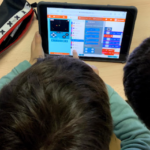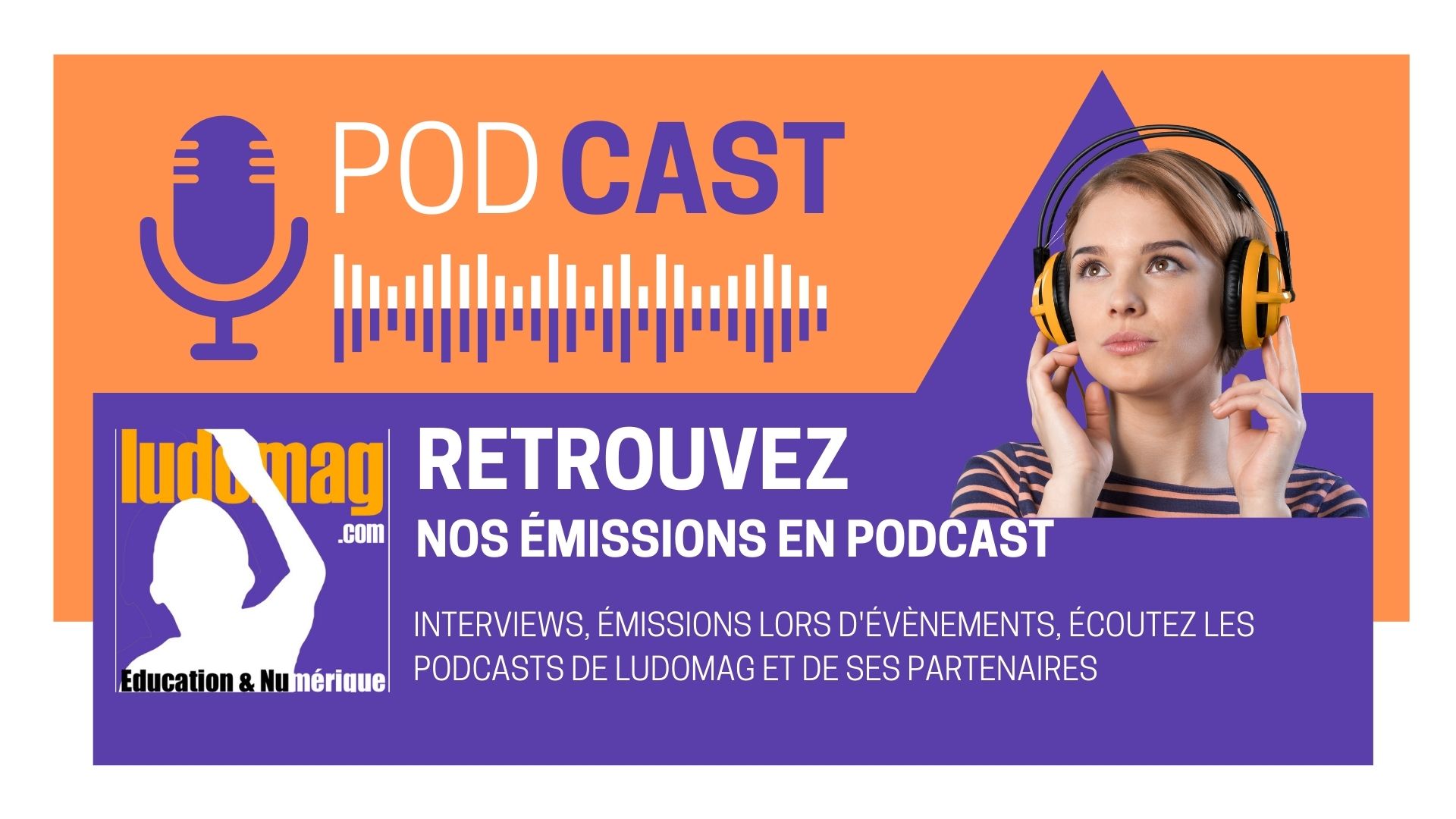At the end of April 2024, the « Screen Commission » submitted its report to the President of the Republic to regulate young people’s digital practices. Titled « Children and Screens: In Search of Lost Time » the text has since sparked numerous reactions, particularly centered around health issues. Implementing some of its recommendations, especially the prohibition of social media for those under 15, appears questionable.
The 29 proposals oscillate between a « total ban on screens » and the necessity of « better digital education. » In response to questions raised by this apparent ambivalence, the co-chairs of the Commission emphasize the complementarity of these proposals, which must be considered together. Is it really possible to both ban screens and educate on digital use at the same time?
In the face of risks, choosing to withdraw
The heated debates about the place of screens in our private, professional, and social spaces are rooted in a « risk society » particularly anxious about its future, notably its ability to cope with technological transformations. While there is an acceleration of these concerns, they are part of a well-known anthropological movement, that of « moral panic. » This phenomenon of moral panic expresses a fear of destabilizing societal values, crystallizing around young people’s use of screens and the consequences of these uses on the mental and social health of children and adolescents, as well as on their cognitive development and general knowledge.
However, an important and robust long-term American study, conducted with 12,000 children aged 9 to 12, concludes without hesitation that there is no link between « screen time » and impacts on children’s brain functions and well-being. Additionally, in France, a large-scale longitudinal survey involving 18,000 children since birth shows that social factors play a predominant role in child development.
Despite these scientific facts, the debate about the place of screens in our society is polarizing, recently characterized by an ultra-radicalization of positions, which first and foremost hinders everyone’s understanding. At the heart of this debate are « screens. » The use of this generic term is itself problematic and the source of numerous confusions and hasty conclusions. The technical objects it encompasses are diverse, obscuring the diversity and complexity of their uses, from gaming to information, to communication. Distinguishing the activities that use screens as a support is important.
Teaching Practices in Digital Education to Consider
On the evening the « Screen Commission » presented its report, Prime Minister Gabriel Attal urged « the national education system to put its house in order » to stop using « screens for screens’ sake. » This statement is surprising. Many teachers and administrators felt attacked, finding the criticism incomprehensible given the invigorating pedagogical work teachers are doing in digital education. It is also puzzling considering the challenges they already face, such as protecting minors’ personal data and dealing with (cyber)bullying.
Just like the term « screen, » « digital education » is vague and obscures the variety of situations, practices, and didactic content used in classrooms. This was highlighted in a 2020 report by the National Center for the Study of School Systems (CNESCO), which reviewed the interplay between « digital tools and learning. » The report concluded that the educational scenario dictates the use of digital tools in classrooms. The effective use of digital tools hinges on the integration of teaching strategies and learning objectives.
Thus, banning screens from preschools, as suggested by the « Screen Commission » report, seems absurd. The preschool curriculum expects children to « use digital devices (camera, tablet, computer) » by the end of the final year of kindergarten. Moreover, preschool teachers’ didactic proposals aim to combine language skill development with the use of digital resources. A meta-analysis of 19 scientific studies shows that, with adult supervision, the use of digital tablets by children aged 2 to 5 enhances problem-solving skills, mathematical abilities, and vocabulary development.
Throughout their education, digital competencies are thoughtfully integrated and developed in classrooms, supported by scientific knowledge in the field. The Directorate of Digital Education funds research projects (« Digital Working Groups« ) to evaluate digital teaching practices and support educators in implementing effective strategies.
One such research group (GTnum EMILIE) focuses on the fundamental trilogy of language learning: « Speaking, Reading, Writing, » to promote media and information literacy rooted in educational and social realities for students in grades 1 to 5.
Simultaneously, in response to the undeniable threat posed by the dominance of GAFAM over individual and collective freedoms, the ethical framework guiding these digital practices is a shared concern among teachers and administrators. They increasingly strive to adopt practices consistent with the General Data Protection Regulation (GDPR) and the values of digital commons, aligning with the ideals of the republican school system.
Behind Divisive Discourses, Major Educational Issues
The issue of digital technology in education goes far beyond the school setting, drawing significant attention in the private sphere as well. Here again, political and media discourse appears divisive. On November 30, 2023, the Prime Minister did not hesitate to state, « Regarding screen use at home, we are close to a health and educational disaster. » However, scientific studies do not support this assertion. Instead, they highlight varied social uses of connected devices based on parental mediation and broader cultural contexts.
While integrating this socially shared object poses a challenge for parenting, parents are coping and simultaneously need reliable information and support. A 2021 survey of 1,852 parents of children aged 6 to 11 showed that they expect schools to teach skills such as « evaluating/verifying information » and « protecting against cyberbullying, » which they consider essential for their children’s academic success and social integration.
For several years, public policies have recognized the absolute necessity of establishing territorial dynamics that engage a plurality of stakeholders, promoting co-education through and for digital technology. Educational Digital Territories (TNE) illustrate this awareness. While not free from criticism, as documented by research, these initiatives aim to address complex issues through a combination of training, support, resource production, and networking among various entities. They also recognize the issue of digital technology’s place in our society as a matter of collective agency and social, economic, and cultural equality in access to information, social interactions, cultural industries, administrative procedures, and social rights.
Such an approach involves not blaming adults in the private sphere but rather restoring their authority and ability to manage their own digital usage, thus enabling them to engage in dialogue with children. A coercive view of digital education is incompatible with media and information education that promotes daily reflexivity and the development of critical thinking.
The report « Children and Screens: In Search of Lost Time » deserves credit for addressing a crucial issue: What kind of society, social cohesion, and parental and professional mediation do we want? However, it falls into catastrophic discourse and the temptation to prioritize prohibition over education. This approach overlooks a significant portion of scientific literature on the social and cultural realities of digital practices. By relying on recommendations filled with prohibitions, do we risk breaking the dialogue and abandoning the educational handling of digital issues? Such a retreat would be a collective defeat.
Anne Cordier, Professor of Information and Communication Sciences, University of Lorraine
This article is republished from The Conversation under a Creative Commons license. Read the original article.








